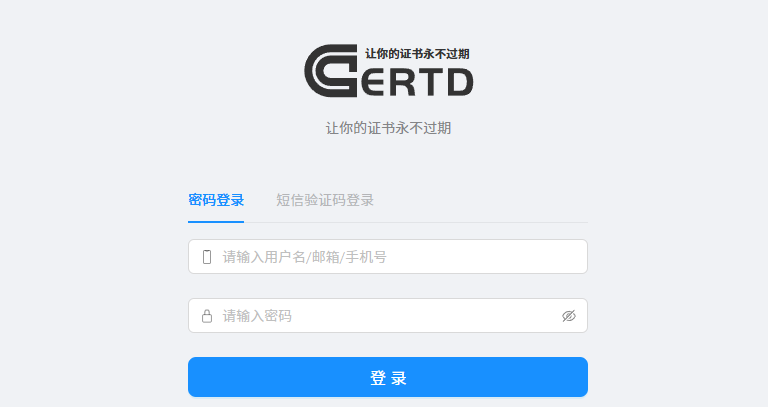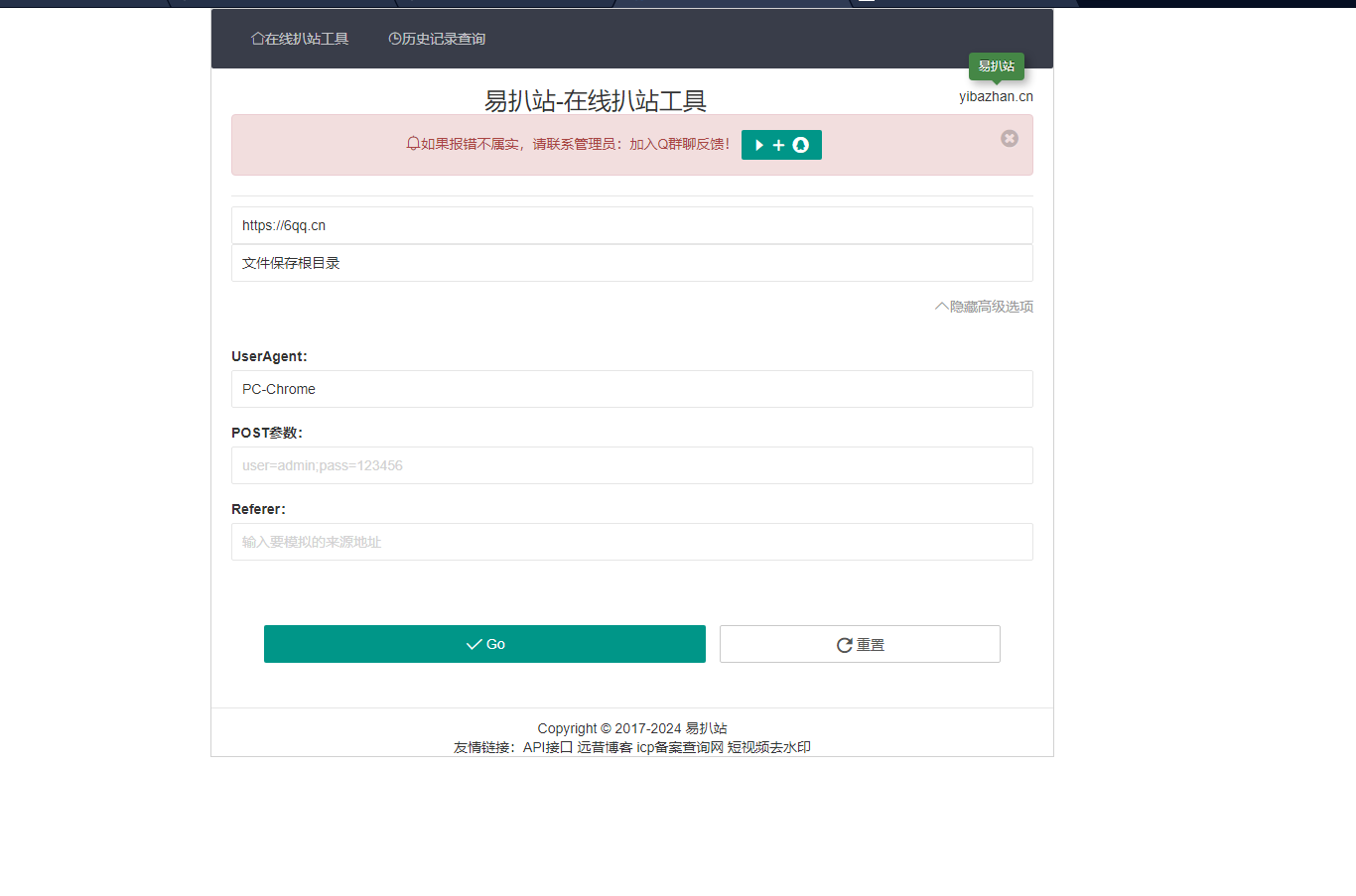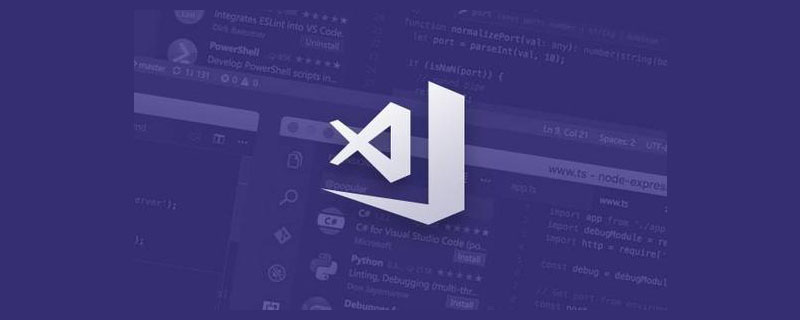
首先關于表與表之間的關系
1.一對一
2.一對多
3.多對一
4.多對多
區分父表與子表
1.”一”的是父表
2.”多”的一方是子表
如何處理一對多關系
在子表中建一個字段(外鍵)指向父表
如何處理多對多關系
建立一張中間表,將”多對多”關系轉化為”一對多”
案例分析
表一: 用戶表(it_user)
表二: 用戶詳情表(it_user_info)
表三: 文章表(it_article)
表四: 國家表(it_country)
表五: 用戶角色表(it_role)
① 一對一
用戶表(表一)與詳情表(表二)就是一對一的關系
②一對多
用戶表(表一)與文章表(表三)就是一對多的關系
③多對一
用戶表(表一)與國家表(表四)就是多對一的關系
④多對多
用戶表(表一)與角色表(表五)就是多對多的關系
用戶表建表及測試數據
DROP?TABLE?IF?EXISTS?`it_user`; CREATE?TABLE?`it_user`?( ??`id`?int(10)?unsigned?NOT?NULL?AUTO_INCREMENT?COMMENT?'主鍵', ??`name`?varchar(64)?DEFAULT?NULL?COMMENT?'用戶名', ??`password`?char(32)?DEFAULT?NULL?COMMENT?'密碼(不使用md5)', ??`country_id`?int(11)?DEFAULT?NULL, ??PRIMARY?KEY?(`id`), ??KEY?`國家id`?(`country_id`) )?ENGINE=MyISAM?AUTO_INCREMENT=6?DEFAULT?CHARSET=utf8; --?---------------------------- --?Records?of?it_user --?---------------------------- INSERT?INTO?`it_user`?VALUES?('1',?'xiaoming',?'123456',?'1'); INSERT?INTO?`it_user`?VALUES?('2',?'xiaomei',?'123456',?'1'); INSERT?INTO?`it_user`?VALUES?('3',?'xiaoli-new',?'123',?'1');
用戶詳情表建表及測試數據
--?---------------------------- --?Table?structure?for?it_user_info --?---------------------------- DROP?TABLE?IF?EXISTS?`it_user_info`; CREATE?TABLE?`it_user_info`?( ??`user_id`?int(11)?NOT?NULL?AUTO_INCREMENT, ??`tel`?char(11)?DEFAULT?NULL, ??`email`?varchar(128)?DEFAULT?NULL, ??`addr`?varchar(255)?DEFAULT?NULL, ??PRIMARY?KEY?(`user_id`) )?ENGINE=MyISAM?AUTO_INCREMENT=4?DEFAULT?CHARSET=utf8; --?---------------------------- --?Records?of?it_user_info --?---------------------------- INSERT?INTO?`it_user_info`?VALUES?('1',?'13012345678',?'xiaoming@163.com',?'北京'); INSERT?INTO?`it_user_info`?VALUES?('2',?'15923456789',?'xiaomei@163.com',?'上海'); INSERT?INTO?`it_user_info`?VALUES?('3',?'18973245670',?'xiaoli@163.com',?'武漢');
文章表建表及測試數據
--?---------------------------- --?Table?structure?for?it_article --?---------------------------- DROP?TABLE?IF?EXISTS?`it_article`; CREATE?TABLE?`it_article`?( ??`id`?int(11)?NOT?NULL?AUTO_INCREMENT, ??`title`?varchar(255)?DEFAULT?NULL, ??`content`?text, ??`user_id`?int(11)?DEFAULT?NULL, ??PRIMARY?KEY?(`id`), ??KEY?`user_id`?(`user_id`) )?ENGINE=MyISAM?AUTO_INCREMENT=4?DEFAULT?CHARSET=utf8; --?---------------------------- --?Records?of?it_article --?---------------------------- INSERT?INTO?`it_article`?VALUES?('1',?'世界那么大,我想去看看',?'錢包那么小,總是不夠',?'1'); INSERT?INTO?`it_article`?VALUES?('2',?'我想撞角遇到愛',?'卻是碰到鬼',?'2'); INSERT?INTO?`it_article`?VALUES?('3',?'哈哈哈哈',?'嘻嘻嘻嘻',?'1');
國家表建表及測試數據
--?---------------------------- --?Table?structure?for?it_country --?---------------------------- DROP?TABLE?IF?EXISTS?`it_country`; CREATE?TABLE?`it_country`?( ??`id`?int(11)?NOT?NULL?AUTO_INCREMENT, ??`name`?varchar(255)?DEFAULT?NULL, ??PRIMARY?KEY?(`id`) )?ENGINE=MyISAM?AUTO_INCREMENT=3?DEFAULT?CHARSET=utf8; --?---------------------------- --?Records?of?it_country --?---------------------------- INSERT?INTO?`it_country`?VALUES?('1',?'中國'); INSERT?INTO?`it_country`?VALUES?('2',?'美國');
用戶角色表建表及測試數據
--?---------------------------- --?Table?structure?for?it_role --?---------------------------- DROP?TABLE?IF?EXISTS?`it_role`; CREATE?TABLE?`it_role`?( ??`id`?int(11)?NOT?NULL?AUTO_INCREMENT, ??`name`?varchar(255)?DEFAULT?NULL, ??PRIMARY?KEY?(`id`) )?ENGINE=MyISAM?AUTO_INCREMENT=5?DEFAULT?CHARSET=utf8; --?---------------------------- --?Records?of?it_role --?---------------------------- INSERT?INTO?`it_role`?VALUES?('1',?'開發'); INSERT?INTO?`it_role`?VALUES?('2',?'測試'); INSERT?INTO?`it_role`?VALUES?('3',?'管理');
用戶和角色中間表表建表及測試數據
--?---------------------------- --?Table?structure?for?it_user_role --?---------------------------- DROP?TABLE?IF?EXISTS?`it_user_role`; CREATE?TABLE?`it_user_role`?( ??`user_id`?int(11)?DEFAULT?NULL, ??`role_id`?int(11)?DEFAULT?NULL, ??KEY?`role_id`?(`role_id`), ??KEY?`user_id`?(`user_id`) )?ENGINE=MyISAM?DEFAULT?CHARSET=utf8; --?---------------------------- --?Records?of?it_user_role --?---------------------------- INSERT?INTO?`it_user_role`?VALUES?('1',?'1'); INSERT?INTO?`it_user_role`?VALUES?('1',?'2'); INSERT?INTO?`it_user_role`?VALUES?('1',?'3'); INSERT?INTO?`it_user_role`?VALUES?('2',?'1'); INSERT?INTO?`it_user_role`?VALUES?('3',?'2');
準備工作
1、規劃路由
在routes/web.php下寫如下路由:
//ORM的關聯關系 Route::get('/orm/relation/{mode}','ORMUserController@relation');
2、在App/http/Controllers/ORM/UserController.php編寫relation方法
????public?function?relation($mode) ????{ ????????switch?($mode){ ????????????case?'1_1': ????????????{ ????????????????//一對一 ????????????} ????????????break; ????????????case?'1_n': ????????????{ ????????????????//一對多 ????????????} ????????????????break; ????????????case?'n_1': ????????????{ ????????????????//多對一 ????????????} ????????????????break; ????????????case?'n_n': ????????????{ ????????????????//多對多 ????????????} ????????????????break; ????????????default; ????????} ????}
3、安裝debug調試工具
3.1使用composer命令安裝
composer?require??barryvdh/laravel-debugbar
3.2、修改config/app.php文件,加載debugbar到laravel到項目中,在’providers’數組中加入如下配置:
BarryvdhDebugbarServiceProvider::class,
除了安裝debugbar調試工具外,也可以使用查詢監聽:編providers/AppServiceProvider.php的boot方法中加入如下代碼
DB::listen(function?($query)?{ ????var_dump($query->sql); ?????var_dump($query->bindings); ?????echo?'<br>'; ?});
也可以打印出執行的sql語句。
一對一
1、創建Userinfo模型對象
進入cmd命令行進入laravel項目所在目錄執行以下命令
php?artisan?make:model?Userinfo
會在App目錄下生成Userinfo.php
2、編輯Userinfo模型文件
<?php namespace App; use IlluminateDatabaseEloquentModel; class Userinfo extends Model { protected $table = 'user_info'; protected $primaryKey = 'user_id'; protected $fillable = ['user_id','tel','email','addr']; public $timestamps = false; }
3、編寫UserModel, 加入一對一方法
<?php namespace App; use IlluminateDatabaseEloquentModel; class UserModel extends Model { protected $table = 'user';//真是表名 protected $primaryKey = 'id';//主鍵字段,默認為id protected $fillable = ['name','password'];//可以操作的字段 public $timestamps = false;//如果數據表中沒有created_at和updated_id字段,則$timestamps則可以不設置, 默認為true public function Userinfo() { /* * @param [string] [name] [需要關聯的模型類名] * @param [string] [foreign] [參數一指定數據表中的字段] * */ return $this->hasOne('AppUserinfo','user_id'); ????}
4、編寫UserController, 調用一對一方法
????public?function?relation($mode) ????{ ????????switch?($mode){ ????????????case?'1_1': ????????????{ ????????????????//一對一 ????????????????$data?=?UserModel::find(1)->Userinfo()->get(); ????????????????dd($data); ????????????} ????????????break; ????????????default; ????????} ????}
一對多
1、創建article模型對象
執行命令
php?artisan?make:model?Article
在app下生成Article.php文件
2、編寫article模型文件
<?php namespace App; use IlluminateDatabaseEloquentModel; class Article extends Model { protected $table = 'article'; protected $primaryKey = 'id'; protected $fillable = ['id','title','content','user_id']; public $timestamps = false; }
3、編寫UserModel, 加入一對多方法
public?function?Artice() ????{ ????????return?$this->hasMany('AppArticle','User_id'); ????}
4、編寫UserController,調用一對多方法
????public?function?relation($mode) ????{ ????????switch?($mode){ ????????????case?'1_1': ????????????{ ????????????????//一對一 ????????????????$data?=?UserModel::find(1)->Userinfo()->get(); ????????????????dd($data); ????????????} ????????????break; ????????????case?'1_n': ????????????{ ????????????????//一對多 ????????????????$data?=?UserModel::find(1)->Artice()->get(); ????????????????dd($data); ????????????} ????????????????break; ????????????default; ????????} ????} }
多對一
1、創建country模型對象
執行命令
php?artisan?make:model?Country
2、編寫country模型文件
<?php namespace App; use IlluminateDatabaseEloquentModel; class Country extends Model { protected $table = 'country'; //真實表名 protected $primaryKey = "id"; //主鍵id protected $fillable = ['id','name']; //允許操作的字段 public $timestamps = false; //如果數據表中沒有created_at和updated_id字段,則$timestamps則可以不設置, 默認為true }
3、編寫UserModel, 加入多對一方法
public?function?Country() { ????return?$this->belongsTo('AppCountry','country_id'); }
4、編寫UserController, 調用方法
public?function?relation($mode) ????{ ????????switch?($mode){ ????????????case?'1_1': ????????????{ ????????????????//一對一 ????????????????$data?=?UserModel::find(1)->Userinfo()->get(); ????????????????dd($data); ????????????} ????????????break; ????????????case?'1_n': ????????????{ ????????????????//一對多 ????????????????$data?=?UserModel::find(1)->Artice()->get(); ????????????????dd($data); ????????????} ????????????????break; ????????????case?'n_1': ????????????{ ????????????????//多對一 ????????????????$data?=?UserModel::find(1)->Country()->get(); ????????????????dd($data); ????????????} ????????????????break; ????????????default; ????????} ????} }
多對多
1、創建role模型對象
執行命令
php?artisan?make:model?Role
執行命令
php?artisan?make:model?User_role
2、編寫Role模型
<?php namespace App; use IlluminateDatabaseEloquentModel; class Role extends Model { protected $table = 'role'; protected $primaryKey = "id"; protected $fillable = ['name']; public $timestamps =false; }
編寫User_role模型
因為表中沒有主鍵字段,所以需要兩個字段即可
<?php namespace App; use IlluminateDatabaseEloquentModel; class User_role extends Model { protected $table = 'user_role'; public $timestamps =false; }
3、編寫UserModel, 加入多對多方法
????public?function?Role(){ ????????/* ?????????*?第一個參數:要關聯的表對應的類 ?????????*?第二個參數:中間表的表名 ?????????*?第三個參數:當前表跟中間表對應的外鍵 ?????????*?第四個參數:要關聯的表跟中間表對應的外鍵 ?????????*?*/ ????????return?$this->belongsToMany('AppRole','user_role','user_id','role_id'); ????}
4、編寫UserController, 調用多對多方法
public?function?relation($mode) { ????switch?($mode){ ????????case?'1_1': ????????{ ????????????//一對一 ????????????$data?=?UserModel::find(1)->Userinfo()->get(); ????????????dd($data); ????????} ????????break; ????????case?'1_n': ????????{ ????????????//一對多 ????????????$data?=?UserModel::find(1)->Artice()->get(); ????????????dd($data); ????????} ????????????break; ????????case?'n_1': ????????{ ????????????//多對一 ????????????$data?=?UserModel::find(1)->Country()->get(); ????????????dd($data); ????????} ????????????break; ????????case?'n_n': ????????{ ????????????//多對多 ???????????$data?=?UserModel::find(2)->Role()->get(); ???????????dd($data); ????????} ????????????break; ????????default; ????} }
總結:
1、一對一使用方法:hasOne()
2、一對多使用方法:hasMany()
3、多對一使用方法:belongsTo()
4、多對多使用方法:belongsToMany()
PHP中文網,大量的免費laravel入門教程,歡迎在線學習!
本文轉自:https://blog.csdn.net/weixin_38112233/article/details/79220535



















